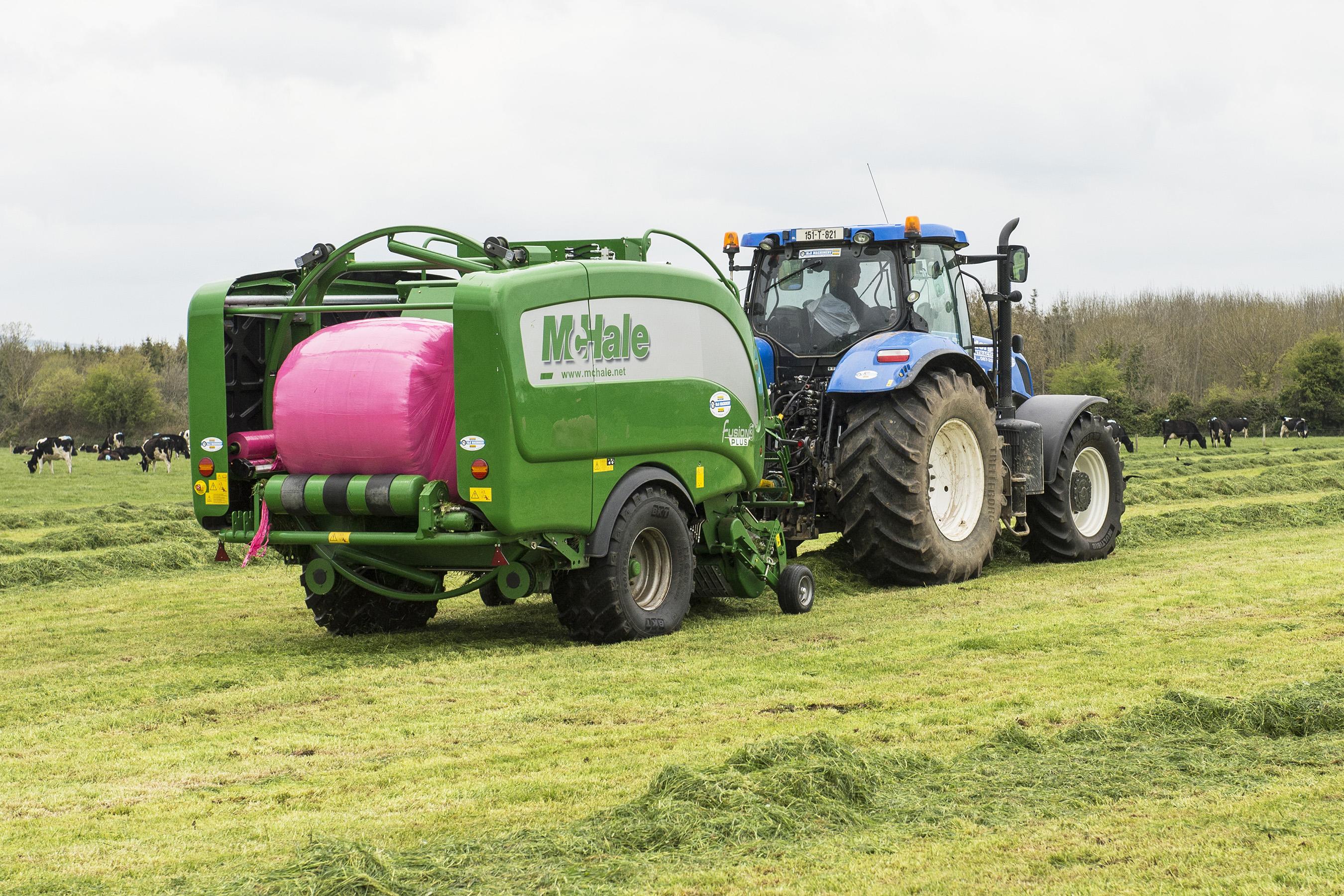Get a 24 hour weather forecast

Silage preservation: The battle begins
Your allies: The Lactic Acid producing bacteria
The enemy: Nitrates
Within the silage making process we want to reduce pH to pickle the silage.
The speed, extent and stability of silage fermentation is driving by the sugar and nitrogen in grass at harvesting.
Sugar feeds to the lactic acid producing bacteria, they produce the lactic acid, and this drops the silage pH.
High levels of Nitrates act as a buffer keeping the pH high.
How well preserved your silage is, is dependent on who wins the battle !
When should I Cut?
Early May silage has the highest potential Dry Matter Digestibility (DMD) in combination with potentially the most difficult ensiling conditions (lowest sugars and highest nitrates).
From early May:
– silage DMD drops by c.3% per week (up to 6% if the silage is lodged).
– as the time between fertilising and cutting increases Nitrate levels are dropping.
– as sunshine hours start to increase and grass starts to mature sugars start to increase.
A dairy farmer will typically need 65% of his silage of 70+ DMD to maximise winter performance while minimising concentrate requirement.
The goal with silage is therefor to cut early enough in May to max out DMD but to cut when sugars and nitrates are in the desired ranges to ensure good preservation.
If sugars and nitrates are outside the desired ranges an additive can be used to safeguard the silage preservation. Testing your grass before cutting is the only way to know if you are ok on these parameters.
Do I need an additive for Good Preservation?
Rate of change of Nitrates in silage fields:
Grass use an average of 2 units of nitrogen per day.
There is however a substantial range around this depending on growing conditions, etc.
The accompanying chart, supplied by Dairygold Analytical Services Laboratory in Lombardstown, shows nitrogen levels falling over a one-month period. Fertiliser was spread 20/03/2019. High levels of sunshine corresponded to the sharpest decline in nitrogen.
Is there a maximum Nitrate level required before cutting silage?
Nitrate of < 500 are desirable, Nitrate of > 1000 are undesirable.
However if a high level of Nitrate is accompanied with a high enough sugar preservation can be ok.
Rate of change of Sugar:
Grass sugars can halve or double over c.3 days depending on the weather conditions:
In the absence of rain, the biggest factor within a 24 h day that influences sugar % is the presence/absence of dew (approx. 1 tonne water/ha of meadow)
– therefor, waiting for the dew to evaporate is advisable when mowing for silage. Photosynthesis due to sunshine is also important (thus late afternoon should see highest sugar%) but the impact of dew is more dramatic.
Is there a minimum sugar level required before cutting silage?
Waiting for sugars to increase may be an OK strategy if you are confident of a good forecast and if the accompanied drop in DMD is not important to you.
Remember the bad years eg 2012, when the weather turned and a ‘don’t cut’ turned into ‘August cut’ because the weather simply didn’t pick up!!
If sugars are above 3% and all other parts of silage-making are done correctly you should get a good preservation.
Sugars of higher than 3% are required with very leafy wet grass (e.g. autumn regrowth; surplus paddock (4 weeks after applying high N fertiliser); grass with a high content of white clover) because of their higher buffering capacity.
With stemmy well-headed grass the threshold may be 2% (because buffering capacity is also lower).
If sugars are low, you need to
Impact of Drying / Wilting Method on Grass Dry Matter %
| Day 1 | Day 2 | |||
| 9:00 AM | 2:00 PM | 5:00 PM | 2:00 PM | |
| Triple Swath Mower Conditioner | 17.2 | 18.9 | 19.2 | 22.6 |
| Mower Conditioner Standard | 17.2 | 20.2 | 21.8 | 29.5 |
| Mower Condition “Wide” | 17.2 | 20.5 | 23.4 | 35.8 |
| Spreading / Tedding | 17.2 | 21.7 | 28.7 | 42.9 |
Avoid Over-wilting—Dry Matters over 30% won’t improve animal performance
Testing your silage for sugars and nitrogen before cutting:
Dairygold Analytical Services Laboratory in Lombardstown can test sugars and nitrates and sugars and nitrates combined
How to take a Representative Grass Sample